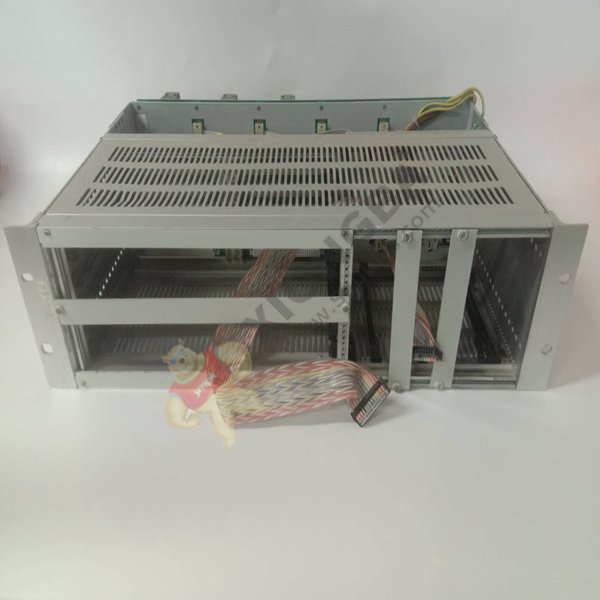Overview of the VME bus upgrade
VME bus after more than 20 years of development and evolution, experienced from the initial VME bus to VME64, to the present VME320…… And so on. The following uses VME64 as an example to describe the upgrade overview and features of the VME bus.
(1) Signal pin expansion
VME64 is forward compatible with the template of previous VME bus versions. Generally, VME bus cards have J1 interface, and the card with J2 interface only uses the B line signal or does not use the B line signal, while the A and C line signal of J2 interface can be used as user-defined pins. These pins you can define in your own way or comply with IEEE or VITA standards to support third party cards. VME64X or VME64 (optional) uses an improved interface with 5 row pins. The new 160 row pins add Z and D rows. The increased pins are mainly power +3.3V and the number of GROUND and user-defined pins, while the signal definitions for lines A, B and C have not been changed.
(2) Two improvements
Two new improvements have been added to VME64, 2eVME and 2eSST. 2eVME, which means “2 edges”, doubles the speed of data transfer by reducing the four edges of the data transfer cycle to two. 2eSST means “synchronous transfer of 2 edge sources”, no longer waiting for DTACK signal, that is, VME handshake does not exist, 2eSST transmits data at the data rate of the master device regardless of the data receiving ability from the DS1 as the transfer clock, DTACK as the receive clock.
 中文版
中文版





